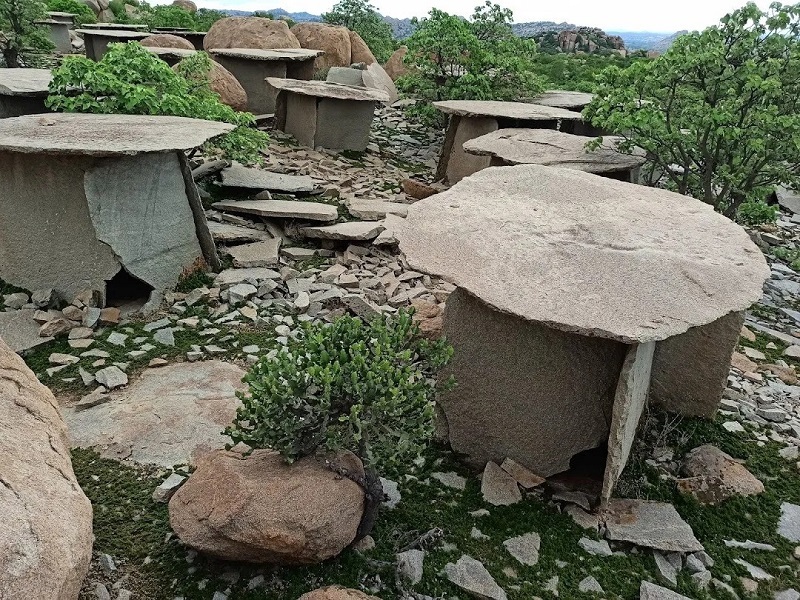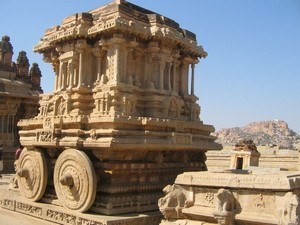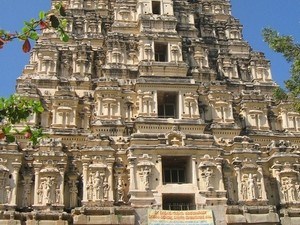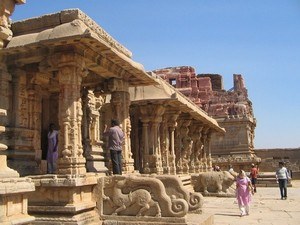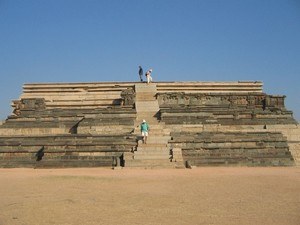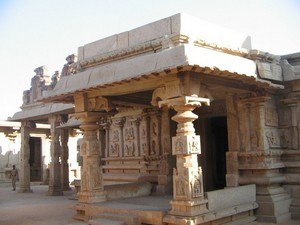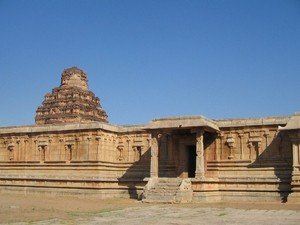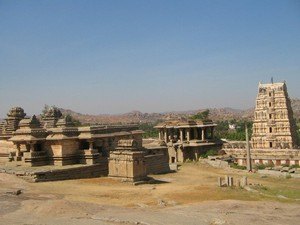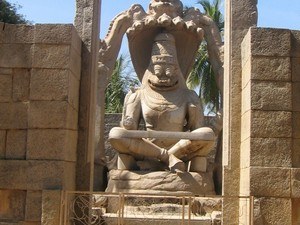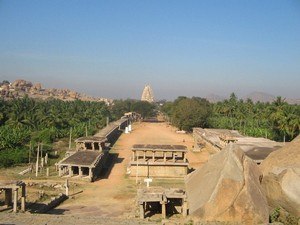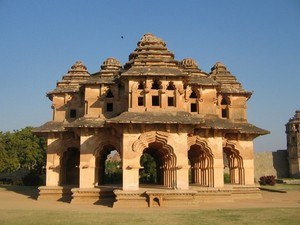Hirebenkal Megalithic Dolmens, Hampi - Timings, History, Architecture, Best Time to Visit
 #15 of 37 Places to Visit in Hampi
#15 of 37 Places to Visit in Hampi
 Distance (From Hampi): 40 Kms
Distance (From Hampi): 40 Kms
 Trip Duration (Including Travel): 4 Hours/Half Day
Trip Duration (Including Travel): 4 Hours/Half Day
 Transportation Options: Bus / Cab
Transportation Options: Bus / Cab
 Travel Tips: None
Travel Tips: None
At a distance of 14 Km from Gangavathi, and 40 Km from Hampi, Hirebenkal, also known as Heerebenkal is a megalithic site situated near Gangavathi town in the Koppal district of Karnataka. It is one of the most well-preserved megalithic sites in India, and among the prominent heritage sites near Hubli.
The Hirebenkal Megalithic Dolmens are situated atop a rocky hill, locally known as Elu Guddagalu, which translates to Seven Hills. The ancient site of Hirebenkal, which dates back to the Iron Age between 800 BCE and 200 CE, encompasses over 400 dolmens or burial chambers across an area of 20 hectares. It is reported that Hirebenkal is the largest necropolis in South India. Since 1955, the site has been managed by the Dharwad circle of the Archaeological Survey of India (ASI). In 2021, Hirebenkal was proposed as a UNESCO World Heritage site, underscoring its significance and the need for preservation. In the local dialect, this site is also known as Morera houses.
These megalithic structures are thought to have served as burial sites or memorials, providing valuable insights into the burial customs and culture of early human societies during the transition from the Neolithic to the Iron Age. This location is positioned to the left of the Tungabhadra River. The ascent to the site is relatively straightforward and well-marked, despite being covered with thorny bushes and scattered boulders that can be slippery. A consistent water source has been identified in the form of a lake, and an adjacent old quarry site has been hypothesized to provide the materials used in constructing the Hirebenakal monuments.
The megaliths on the hill are distributed across three distinct localities, arranged in an east-west orientation, spanning a distance of approximately 1 km. These three clusters can be categorized into the western group, central group, and eastern group, with each cluster separated by roughly 200 meters. The western group is located near a granite quarry from the Megalithic period, which also functioned as a perennial waterhole. Various types of megalithic monuments can be found at Hirebenkal. Many are dolmens-three-sided chambers, which may or may not have port-holes, and are topped with large stone slabs known as capstones. Additionally, buried and semi-buried dolmens, referred to as cists and dolmenoid cists, are occasionally arranged in circular formations.
The rocky hillocks of Hirebenkal are also home to rock art dating back to the Neolithic period. At least ten rock shelters feature vibrant paintings in red ochre, illustrating scenes of people dancing, hunting, wielding weapons, and participating in processions. Additionally, there are artworks showcasing geometric and mystical patterns, as well as depictions of animals such as deer, antelopes, peacocks, humped bulls, cows, and horses. Another significant find was a distinctive stone kettledrum positioned atop a boulder that stands 10 metres high. This hemispherical stone measures over 2 metres in diameter and is 1.5 metres tall. When struck with a wooden mallet, the boulder is capable of producing sounds audible from a distance of up to 1 kilometre.
Timings: 6 AM - 6 PM
Entry: Free



